Wallets have been around since the early days of human civilization. The first wallets were probably made from animal skin or other soft materials that could be easily carried around. These early wallets were probably used to store personal items such as tools, weapons, and other valuables.
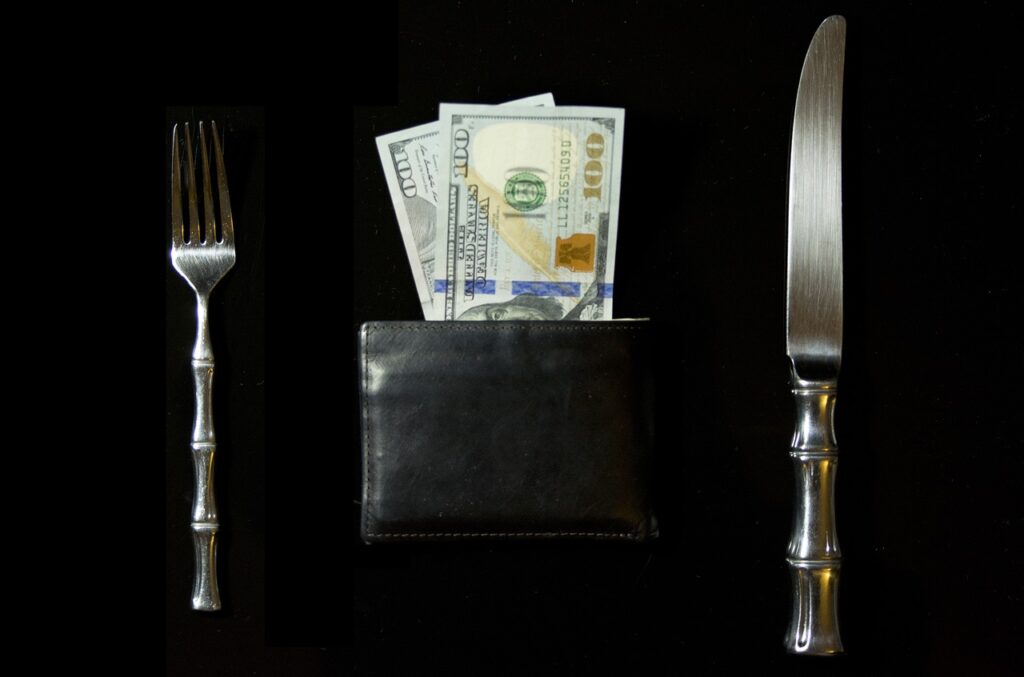
As civilizations developed, so did the wallets. In ancient Greece and Rome, wallets were made from leather or cloth and were often decorated with intricate designs. In medieval Europe, wallets were often made from sturdy materials such as iron or brass to prevent theft. During the Renaissance, wallets became more ornate and were often adorned with jewels or other decorations. By the 18th century, wallets were commonly made from silk or other delicate fabrics.
In the 19th century, wallets began to be made from more durable materials such as leather. This trend has continued into the present day, with leather being the most popular material for leather money clip wallet and credit card holder.
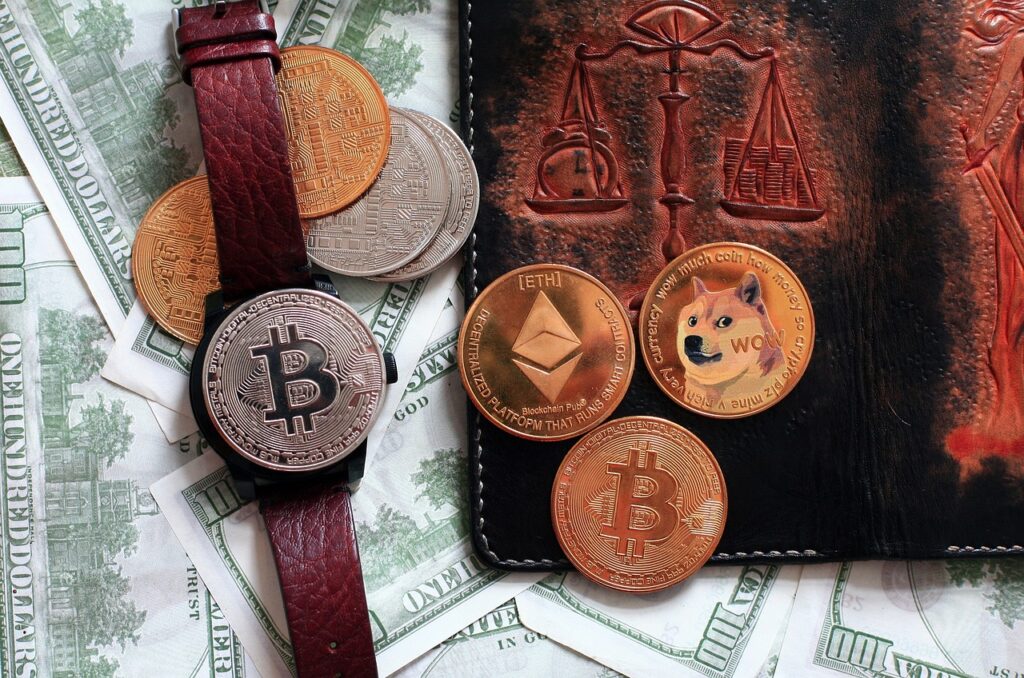
Today, there are many different types of best money clip credit card holder available on the market, made from a variety of materials. Whether you are looking for a simple minimalist wallet with money clip or a more sophisticated design, you are sure to find a wallet that suits your needs. Thanks for reading!
Most of us can’t fathom life without a payment card or credit card these days. Despite their youth, credit cards are already embedded in our wallets for good, which is a testament to their longevity. What was the history behind them? When and where did the first credit cards appear?
When did it start?
Credit cards are a relatively recent invention, but this does not imply that they’ve only been around for the last few years. The hotel credit letter firm in the United States was formed in the nineteenth century as the first company to issue something like a payment card. They used to be utilized in a completely different way back then. They were authorized to collect the ordered items and preserve the client’s credit.
The first made credit card to hit the market was issued by Western Union in 1914. Customers who used the company’s services on a regular basis could utilize these credit cards to pay for them luxury money clip wallet. Since then, the payment card market has evolved rapidly, although it came to a halt shortly after World War II. Work on this practical invention was immediately resumed Once its completion, however, work on this functional innovation was restarted. From 1949, Americans could already use credit cards with a more modern twist.
The rapid economic expansion of the United States in the early 1950s resulted in a large increase in demand for credit cards. As a result, banks began competing with one another to attract as many consumers as possible by offering increasingly beneficial terms.
He established a quicker development of this technology, with Frank McNamara, who is still recognized as the creator of modern payment cards. He realized he had no credit card holder with money clip while having dinner in a restaurant. The consequence of this mistake was the creation of a document that restaurants, shops, and hotels would accept, which eliminated the need to carry cash with you. He formed Diners Club with a partner after this incident, which is still in operation on the payment card market. The business began with a series of credit cards for the wealthy that they used when traveling and repaid after returning home. These cards were known as Travel & Entertainment.
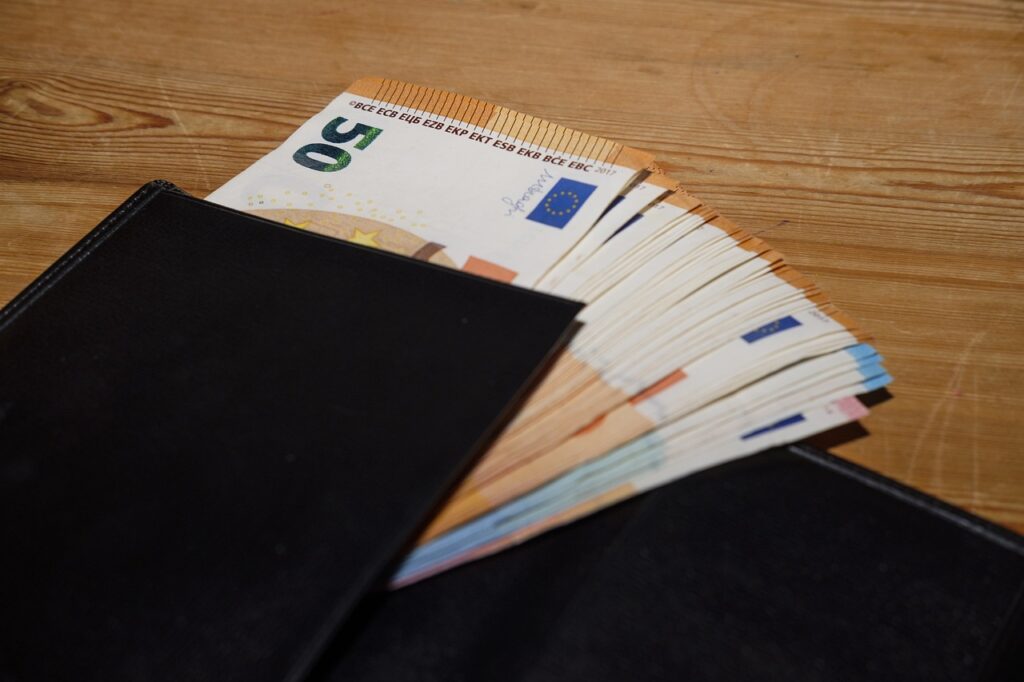
The iconic American Express
The most famous credit card in the world is, without a doubt, American Express. The first card was created by the firm in 1958. Because American Express was the first to issue pre-made plastic cards, it has a prominent role in the history of this payment method’s development.
The first Travel & Entertainment cards had features of a credit card, although the first genuine card of this sort was the Bank America, which was issued like American Express in 1958 and had the capabilities of a bank account. This credit card allowed you to make minimum monthly payments or pay off the balance in full.
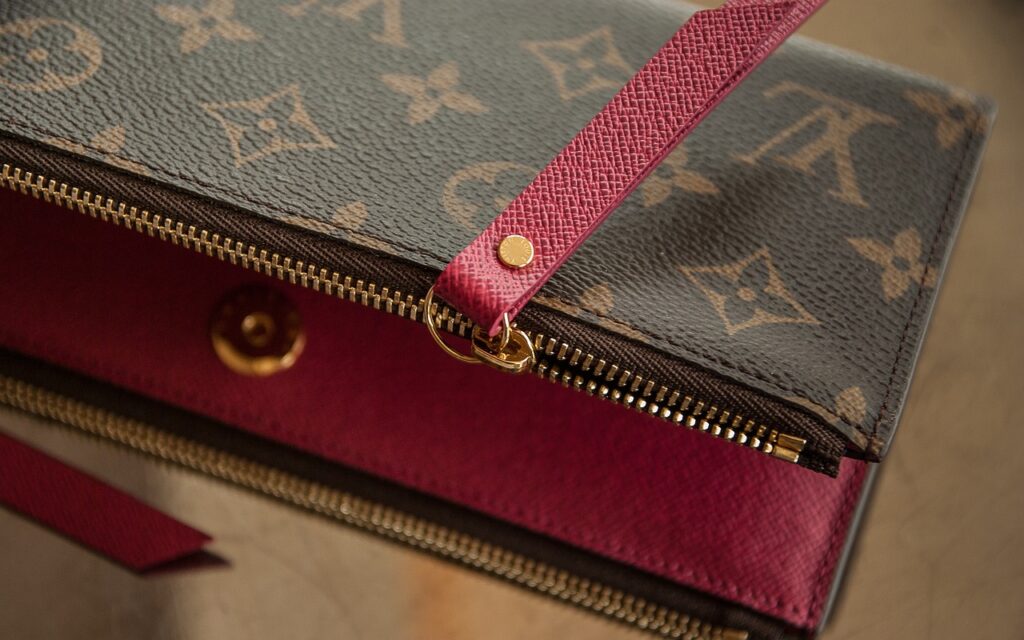
The value of the EuroCard was unaffected by the introduction of this card. In Europe, a competitor to this product emerged in the 1960s under the name EuroCard.
Magnetic strip
The next significant leap forward in this technology came after more than 20 years when they were first placed inside credit cards with a magnetic strip that aided verification. BankAmericard revived the notion in 1972, and it was inspired by BankAmerica. BASE I debuted a year later, followed by BASE II, which was the first electronic card verification scheme. To date, verification has been carried out over the phone.
The next significant step in progress was the invention of cards with the chip that we now know. It occurred in the early 1990s. He had enhanced security transactions performed. The shape of the cards has not altered dramatically since then – we still utilize plastic bank cards with a metal chip.
Visa currently holds the majority of the credit card market, but it is closely followed by MasterCard.
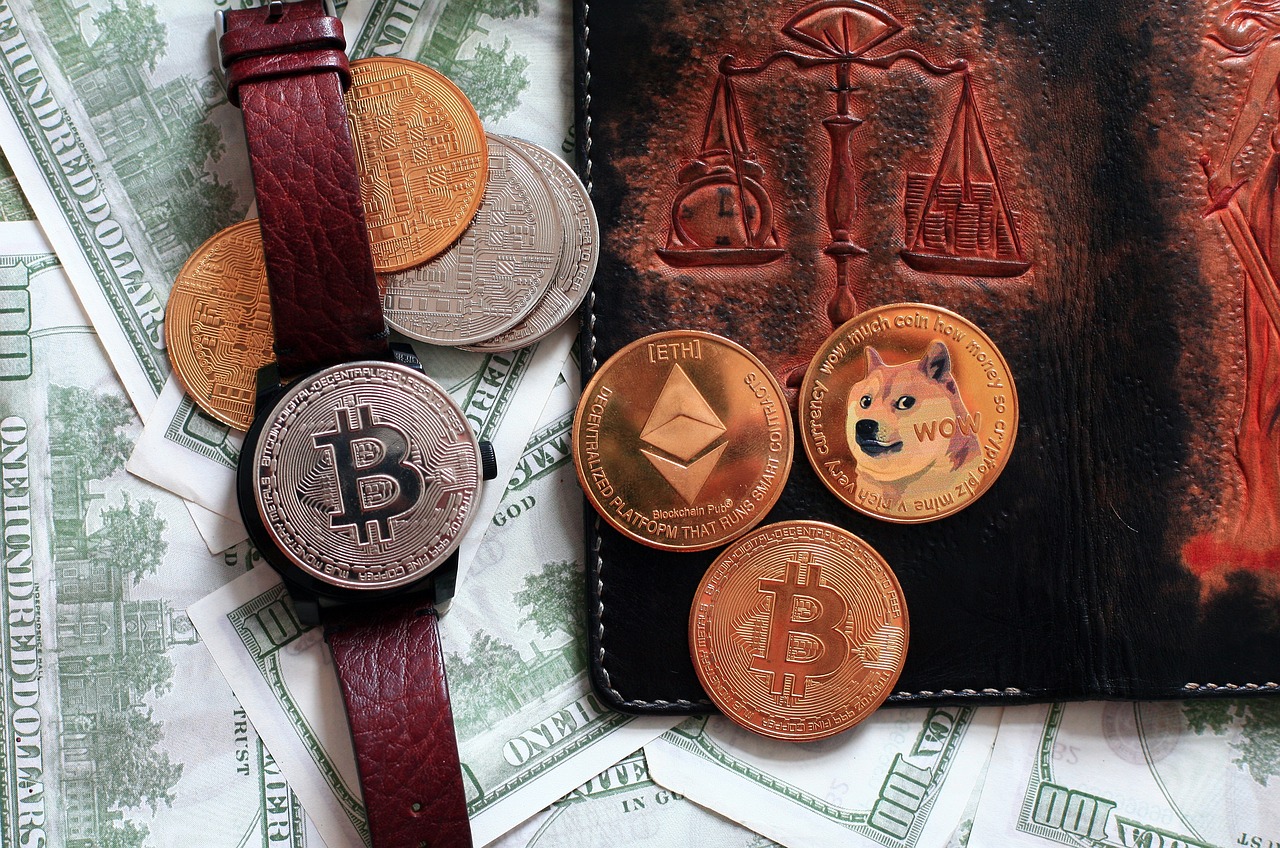
I have always wondered who was the first person that used a credit card?